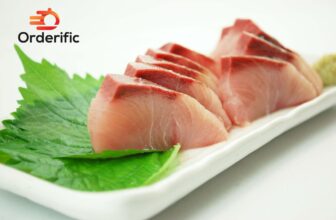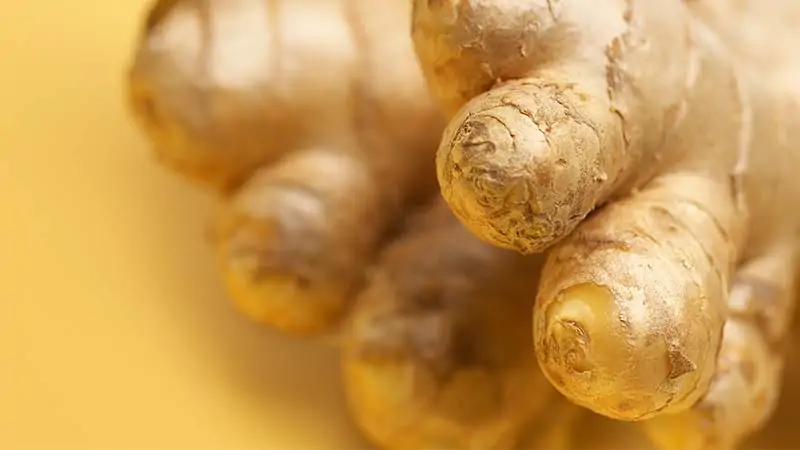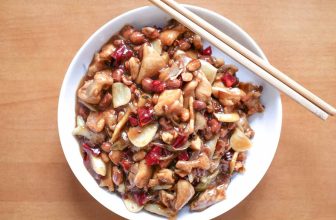Steak Cooking Basics: Cuts, Temperature and Basting
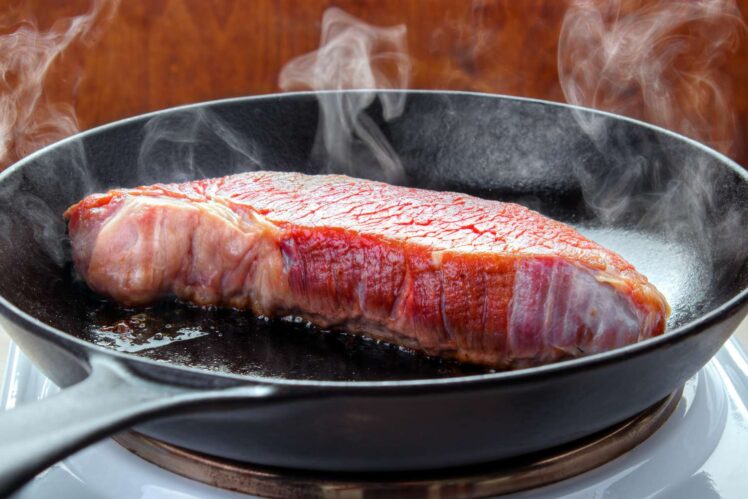
Cooking steak is an art. From understanding the different cuts of steak to marinating and seasoning, there are many considerations when it comes to achieving the perfect meal.
Knowing how to properly cook a steak can make all the difference between a dish that’s spectacular or one that’s simply average.
We will also discuss some tips and tricks for creating delicious dishes every time you fire up your grill or oven! Whether you’re a novice chef or experienced in culinary arts, this guide has something for everyone as it takes readers through each step necessary to ensure perfectly cooked steaks every single time.
Cuts of Steak for Beginners
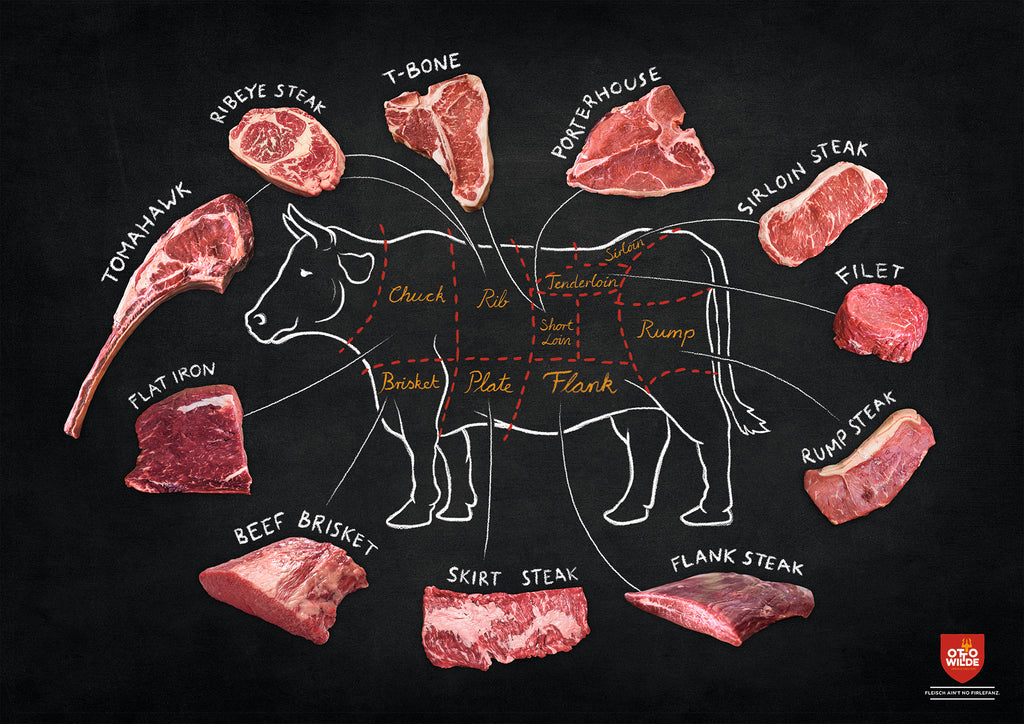
Source: ottogrills.com
When it comes to steak cooking, the first thing any beginner should familiarize themselves with is the different cuts of steak. Steak typically falls into three categories; tenderloin, ribeye, and sirloin.
Tenderloin is known for its extra-tender texture and mild flavor. They’re also usually thinner than other types of steak and cook quickly as a result.
Ribeye steaks are cut from the rib section of an animal and have a distinct marbling that makes them incredibly flavorful when cooked right. Lastly, sirloin comes from either end of the animal’s backbone area and provides good value due to its lower cost per pound compared to other cuts while still providing plenty of flavor when cooked properly.
Once you know which type of steak you plan on using for your meal, there are several temperature levels you need to consider to achieve perfect doneness – rare, medium rare, medium, or well done – depending on personal preference.
As a general rule, it’s best not to cook your steak past medium if you’re looking for maximum juiciness since higher temperatures will cause more moisture loss during cooking time resulting in dryer meat overall.
Finally, once your desired level of doneness is achieved basting can be used as another way to add additional flavors such as herbs or butter onto the surface before serving!
Temperature Guidelines for Perfectly Cooked Steak

Source: foodieandwine.com
When it comes to perfectly cooked steak, the internal temperature of the meat is key. With a few simple guidelines, you can easily determine whether your steak is cooked to perfection.
For rare steaks, an internal temperature between 120-130°F (48-54°C) should be reached. Medium-rare steaks should reach 130-140°F (55-60°C).
For medium, aim for 140–150°F (60–65 °C), and well done 160–170°F (71–77 °C). To check the internal temperature of your steak use an instant-read thermometer inserted into the center or thickest part of the steak – not touching any bone.
It’s best to pull the meat off at least 5 degrees before it reaches the desired doneness as carryover cooking will continue after removing it from the heat source.
Basting Techniques for the Juiciest Steaks
Basting is one of the most important steps when it comes to making a juicy steak. It helps add flavor and ensure that all surfaces are cooked evenly.
There are several techniques for basting, each with its unique benefits. Here we will look at three popular methods: brushing, steaming, and wrapping in foil.
Brushing involves using a pastry brush or other cooking utensil to spread an oil-based marinade over the surface of the steak before cooking. This helps form a protective barrier between the heat and meat, locking in moisture and flavor while preventing burning or charring on the outside.
Steaming involves submerging your steak in a liquid such as broth or wine just before putting it on the grill or skillet for cooking. The steam generated from this method helps create a tender texture inside while still providing plenty of crunchy charred goodness on the outside when grilled properly.
Wrapping your steak in foil can also be beneficial if you’re looking for maximum juiciness throughout every bite! By wrapping the meat before grilling (or baking) you help keep any lost juices inside which results in extra moist bites with each forkful!
Foil-wrapped steaks should always be flipped halfway through cooking so that both sides get an equal amount of heat exposure without burning up too quickly due to trapped air pockets within the foil wrap itself. No matter which technique you choose, following these simple tips will have you enjoying juicy succulent steaks every time!
Conclusion

Source: barbecuebible.com
Cooking a steak can be intimidating, but it doesn’t have to be. By familiarizing yourself with the different cuts of steak, understanding how temperature affects cooking time, and mastering the process of basting, you will soon be preparing delicious steaks for your family and friends.
For more information on all things related to steak cooking basics, visit this site. With just a little bit of practice and knowledge about steaks, you’ll be able to easily create mouth-watering dishes in no time!


